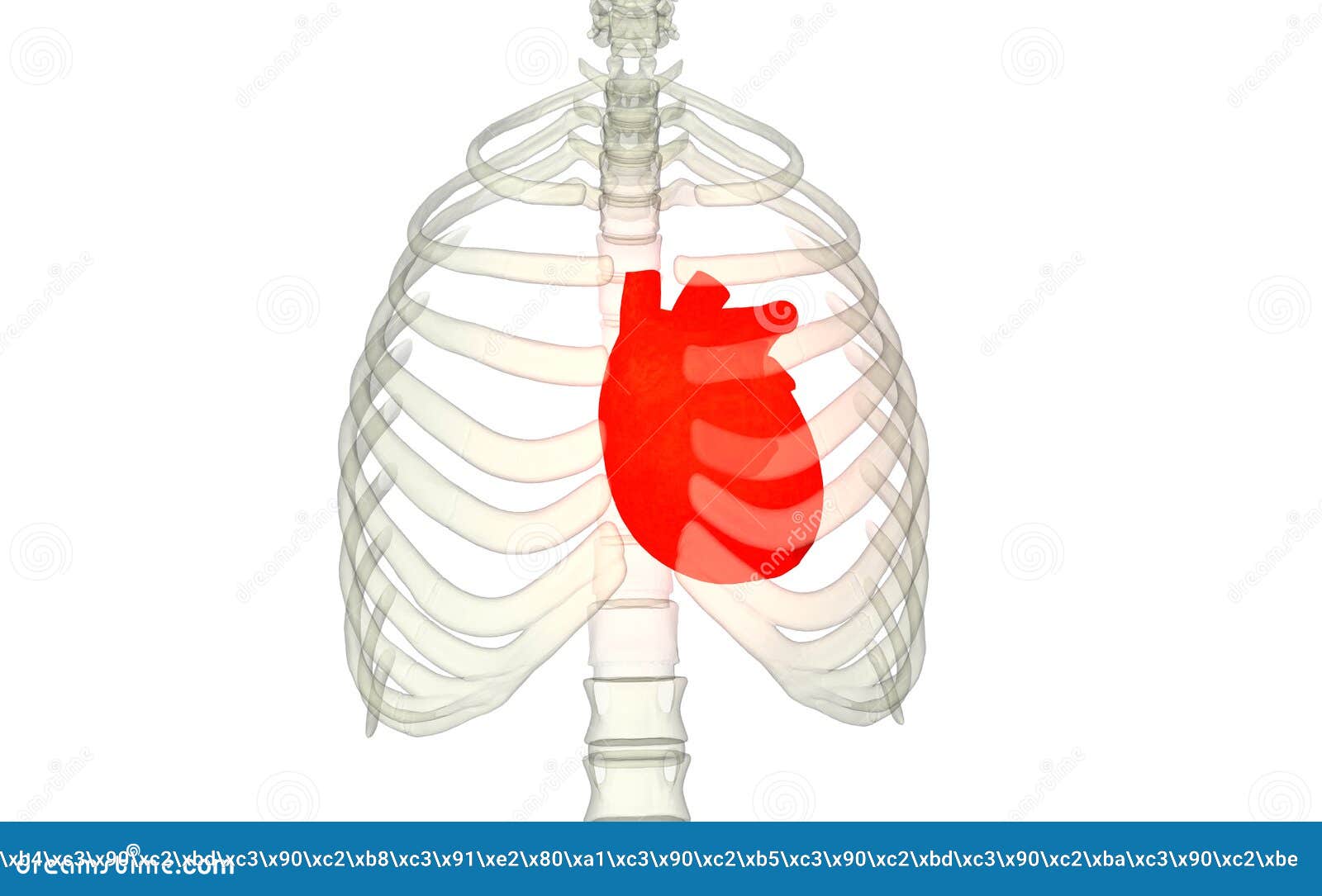

Patients with osteoporosis are more liable to fractures. When it is fractured it heals by callus formation. Milk and other calcium sources and moderate exercise can slow the progress of osteoporosis.īone fractures: Bone is a living tissue. The bones lose their mass and become brittle and subject to fracture. Osteoporosis: It is the most common bone disease. Usually, the male bones are loner, heavier thicker, stronger, and possess prominent impressions for muscular attachments. There are sex differences between male and female bones. The bone marrow acts as a factory for the formation of blood cells.Bones give attachments to the muscles and also act as levers for movement.Bones protect the underlying structures, e.g.Bones form the supporting frame-work of the body.The parts of the bone that articulate are covered with hyaline articular cartilage.The shaft is covered by a fibrous membrane: the periosteum.The epiphysis is formed of spongy, cancellous bone.

This cavity is called: a medullary cavity or a bone marrow cavity. The shaft of a long bone is formed of compact bone enclosing a cavity which is filled with bone marrow.At a certain age, when growth is completed, these plates ossify. The region of the shaft close to the epiphyseal plate is called metaphysis. This epiphyseal plate is the site of an increase in the length of the bone. In a growing bone, the epiphysis is separated from the diaphysis by a plate of cartilage, an epiphyseal plate.A long bone consists of two ends and a shaft.Thus in the humerus, it runs towards the lower end of the bone or the elbow. The nutrient artery in the long bones is directed towards the non-growing end. It enters the bone at a certain place and in a certain direction. Thus, each bone receives its nutrient artery. This means that the growing end of the femur is the lower end whereas the growing ends of the tibia and the fibula are the upper ends.Įach bone is capable of growth and repair. As for the bones of the lower limb is the opposite. The growing ends of the radius and ulna are the lower ends. The growing end of the humerus is the upper end. The patella in front of the knee joint is an example of the sesamoid bone.Įach long bone has a growing end (that ossifies later) and a non-growing end. They are examples of short bones as they have the same parts as the long bone but they are small in size. The metacarpal bones form the skeleton of the palm of the hand. Each long bone has an upper end, shaft, and lower end.


 0 kommentar(er)
0 kommentar(er)
